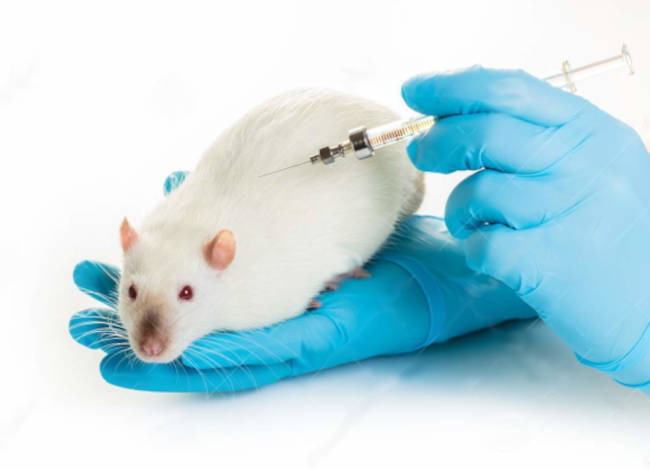Mouse Movement Tests for Parkinson's Disease:
When testing the efficacy of Parkinson's drugs, treatments or protocols on mice, there are some established coordination and balance tests.
- Pole test
- Rotarod test
- Cylinder test
- Beam walk test
- Open field test
- Gait test
Pole Test:
A mouse is placed heads up at the top of a vertical pole and the time taken to turn and descend the pole is measured. Impaired motor skills lead to longer durations.
Rotarod Test:
A mouse is placed on a rotating rod and the time that the mouse can stay on the rod is measured. Impaired motor skills lead to a shorter duration.
Cylinder Test:
A mouse is placed inside a cylinder and the use of its forelimbs is observed. Impaired motor skills lead to the prefered use of one limb over the other when exploring the cylinder.
Beam Walk Test:
A mouse is placed on a narrow beam and observed walking to a platform. Impaired motor skills lead to difficulty in walking on the beam.
Open Field Test:
Mouse movement is observed in a walled structure with good lighting. Observations of movement, distance travelled, speed of movement, time spent in the middle of the field vs time spent in the periphery and level of anxiety. Impaired motor skills lead to difficulty in walking and increased time spent in the center of the open space rather than exploring the periphery.
Gait Test:
Equipment exists to measure the walking gait of a mouse and allows for numerical comparison. Measurments typically include stride length, limb angles and paw forces.
Vendors of mouse gait analysis equipment:- Mouse Specifics - DigiGait
- Noldus: CatWalk
- Viewpoint
- Biomed
- Labtron
Also see: Assessment of gait in mice using simplified analysis tools
Lab Mice Testing Resources:
